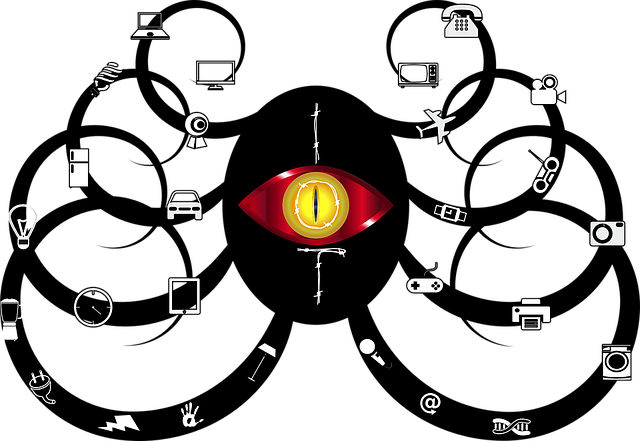The concept behind the Internet of Things (IoT) has been around for almost four decades. However, this technology didn’t make an impact until the last decade.
Research suggests that there will be as many as 64 billion smart connected devices worldwide by 2025. Furthermore, IoT has the potential to generate between $4 to 11 trillion dollars within the same period.
Speech recognition technology has been around since the early 1950s. However, the level of sophistication required to deliver enhanced user experiences wasn’t achieved until recently.
In the early days, IoT was designed to keep track of inventory in vending machines. Since then, this technology has evolved considerably to enable voice-driven immersive experiences.
What’s Driving the Growth of Voice Technology?
Today, with the likes of Alexa and Siri, digital assistants have become the norm. According to PwC, 74% (or three out of every four consumers) use their mobile voice assistants at home. In a post-pandemic world, you can expect to see more activity within the voice-first technology space.
**Why? **
COVID-19 has created a dire need for touchless control systems that are operated by voice commands alone. This approach promotes health and safety during COVID times and beyond to guarantee a safer future.
However, let’s take a couple of steps back to see how we came to this point in the evolution of this technology:
- The ubiquity of voice-controlled IoT devices
- Extensive global penetration of smart speakers
- The popularity of voice search
Significant strides in the progress of Natural Language Processing, including general context understanding and sentiment analysis
Advances in both Artificial Intelligence (AI) and Machine Learning (ML) to deliver personalized experiences
How’s Voice-Driven IoT Changing the Technology Landscape?
Speech recognition systems are in a continuous state of learning and maturing, so it’s safe to expect every application and technology to be voice-enabled in the future.
Most of us have some experience with voice-enabled devices in smart homes, so let’s look at some other examples:
Voice Payments
The area where I see the most potential in a post-pandemic world is the rise of voice payments. For example, voice-driven IoT systems provide personalized customer journeys, customer service, and complement other technologies that deliver immersive experiences.
Ally Bank and Bank of America already leverage digital conversational agents to engage customers. This can be anything from providing account balances, track spending, and access FAQs.
According to a recent study, more users are now comfortable using their voice to purchase low-priced products. As they grow more comfortable, the future could see the rise of voice-recognition systems in ATMs to make the whole transaction contactless.
Smart Workplaces
Voice-activated smart devices are changing how we work. According to Gartner, as much as 25% of all digital workers will leverage voice-enabled virtual employee assistants daily by 2021. This suggests that these interactions are destined to be far superior to our current interactions with Alexa and Siri.
At present voice-enabled digital assistants help employees boost efficiency and productivity. This can be anything from taking on time-consuming (and sometimes trivial) tasks like scheduling meetings, interviews, setting up reminders, and taking notes at meetings.
Such voice interfaces that leverage speech-to-text capabilities are also extended to streamlining collaboration by initiating and managing conference calls, generating highlights, and more.
A great example of this is the conversational sales platform Tact.ai. The platform uses voice intelligence to automate and simplify workflows for the sales team.
Salespeople who are on the field, for example, can search for documents, trawl through customer records, send emails, and more with voice commands.
Smart Healthcare Services
The healthcare industry was one of the first to embrace smart sensors and devices. Salus Telehealth, for example, has used remote video consultations for years.
In the same vein, Vonage telemedicine APIs, for example, helps hospitals deploy remote voice, SMS, and video collaboration tools. In this scenario, doctors can engage with and remotely monitor patients in isolation. This approach can also be leveraged to treat patients in remote locations.
#iot-revolution #technology #latest-tech-stories #internet-of-things #artificial-intelligence #machine-learning #data-science #hackernoon-top-story
